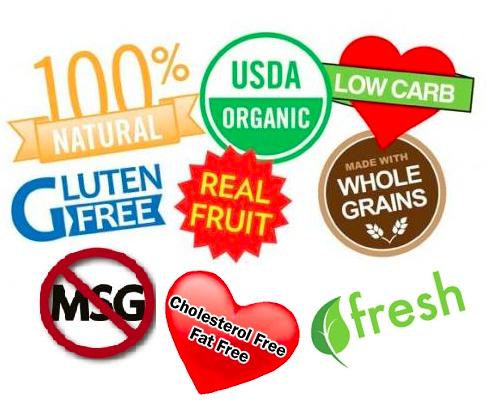Nutrition facts labeling is changing: coming soon to a product label near you there will be a new line of information telling you how much of the total sugars content is added.
The new statement “includes X g added sugars” will appear indented directly below “total sugars”. Manufacturers with more than $10 million in annual sales must begin using the revised label by Jan 1, 2020. Smaller companies have until Jan 1, 2021.
I have to confess to being somewhat geekily excited by this development, because I’ve followed the machinations of how sugars are defined – total, intrinsic, non milk extrinsic, endogenous, inherent, added, free – for a good few years now. It’s always fun to see how organizations decide what are effectively “bad” and “less bad” sugars, inevitably getting tied up in knots along the way.
The crux of the problem is that some foods defy any simple characterization when it comes to their “added sugar” content, and various authorities can, and do, come down on different sides of the line.
To help sort through this delicious mess, here’s a Q and A backgrounder on the new labeling rules:
How are “added sugars” being defined?
The FDA has defined added sugars, which must be labeled in grams per serving, as free mono- and di-saccharides (e.g. glucose, fructose, sucrose) added during manufacture. Sugars from concentrated fruit or vegetable juices that are in excess of what would be expected from the same volume of 100% fruit or vegetable juice of the same type must also be labeled as such. However, cranberry juice products and dried cranberries are allowed to make reference to the fact that the added sugar they contain is needed to offset the fruit’s natural tartness.
What about honey, maple syrup, etc?
Honey and syrups count as added sugar too, but these and other single-ingredient sugars (including bags of sugar) are allowed to miss out the “contains xg added sugar” information as manufacturers of these products successfully lobbied that having this line in there might make consumers think the product was adulterated with high fructose corn syrup or similar. They do however have to give a percentage Daily Value on the otherwise unpopulated added sugars line, with break-out annotation noting that “one serving adds xg of sugar to your diet and represents y% of the Daily Value for added sugars”.
What isn’t going to count as added sugar?
Milk sugar (lactose) and the naturally-occurring sugars in fruit and vegetables, including dried versions, count as “endogenous” and don’t have to be labeled as added sugars. The FDA ruled that pure fruit juice doesn’t count as a source of added sugar either and, nor, in specific scenarios – for example, if they are used to formulate the fruit component of jellies, jams, or preserves – do concentrated fruit or vegetables juices.
Is the FDA’s added sugar definition in step with other definitions around the world?
Not for fruit juice no. For example, UK authorities and the World Health Organization have ruled that the sugar in fruit juice should count as “free” (essentially added) sugars in the same way as sugar-added beverages do. If fruit juice counted in the American guidelines, a 12oz bottle of orange juice would provide 66% of the designated Daily Value (DV) for added sugars.
Aren’t sugars, all the same, anyway?
This is where, in my opinion, it’s more nuanced. While it’s true that sucrose, fructose and glucose are exactly the same chemical wherever they come from, it's disingenuous to say that sugar from a fruit and veg source isn’t healthier. For a start, sugar tends to be far less concentrated in whole fruits and vegetables and – crucially – it’s bound up within the cellular structure of the plant along with fiber, which tends to slow sugar release into the body. Essentially the matrix of the food plays a really key role and this applies whether sugars are endogenous or added. Wherever your opinion falls on the status of sugar in juice for example, a glass of citrus juice is going to be better option than a glass of full sugar cola because the former comes with a healthy dose of vitamin C, folate and potassium.
Can we at least agree about the amount of added sugar that's harmful?
Nope, not that either. The US is going with an on pack DV of no more than 50g of added sugar. In the UK, the recommendation is that adults should have no more than 30g “free sugars” a day even though these aren’t labeled. WHO recommendations are 25-50g free/added sugars daily for a 2000 calorie diet, and the American Heart Association recommends 25g for women and 36g for men.
Doesn’t that make a mockery of the whole thing anyway?
Sorta. But even with all the imperfections, I still personally welcome the move to make manufacturers state “added sugar”, as I think at the very least it will nudge them down the road of reformulating products to be lower sugar, which has got to be a good thing.
That said, I raised an eyebrow so high it’s still lost in my hair when I read that Tufts researchers think the new sugar labeling will prevent or postpone 354,000 cases of cardiovascular disease and almost 600,000 cases of diabetes, resulting in $31 billion in health care savings over 20 years.
For a counter view that’s at the “labeling added sugar is pretty ridiculous” end of the spectrum click here.
I’m definitely open to opinions on this one: What y’all think?




